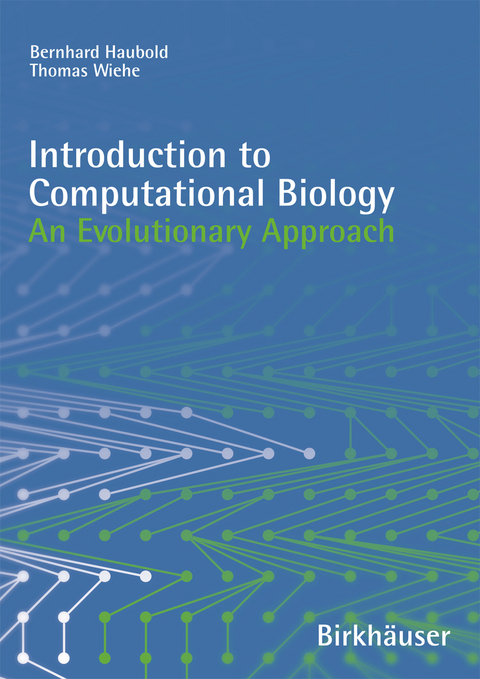Introduction to Computational Biology
Analysis of molecular sequence data is the main subject of this introduction to computational biology. There are two closely connected aspects to biological sequences: (i) their relative position in the space of all other sequences, and (ii) their movement through this sequence space in evolutionary time. Accordingly, the first part of the book deals with classical methods of sequence analysis: pairwise alignment, exact string matching, multiple alignment, and hidden Markov models. In the second part evolutionary time takes center stage and phylogenetic reconstruction, the analysis of sequence variation, and the dynamics of genes in populations are explained in detail. In addition, the book contains a computer program with a graphical user interface that allows the reader to experiment with a number of key concepts developed by the authors.
This textbook is intended for students enrolled in courses in computational biology or bioinformatics as well as for molecular biologists, mathematicians, and computer scientists.
Sequences in Space.- Optimal Pairwise Alignment.- Biological Sequences and the Exact String Matching Problem.- Fast Alignment: Genome Comparison and Database Searching.- Multiple Sequence Alignment.- Sequence Profiles and Hidden Markov Models.- Gene Prediction.- Sequences in Time.- Phylogeny.- Sequence Variation and Molecular Evolution.- Genes in Populations: Forward in Time.- Genes in Populations: Backward in Time.- Testing Evolutionary Hypotheses.
From the reviews: "Haubold and Weihe is precisely addressed to this increasingly large circle of people using sequences ... an introduction to the computational aspects of genomics and the interpretation of sequence biological data. ... Each chapter ends with a small section of interesting exercises and accompanying answers ... . These make the book very useful for students in bioinformatics but also for researchers and students in molecular biology, genetics, medicine or at the other end students in computer sciences or mathematics interested in molecular biology." (Andrei Petrescu, Romanian Journal of Biochemistry, Vol. 47 (1), 2010)
From the reviews: “Haubold and Weihe is precisely addressed to this increasingly large circle of people using sequences … an introduction to the computational aspects of genomics and the interpretation of sequence biological data. … Each chapter ends with a small section of interesting exercises and accompanying answers … . These make the book very useful for students in bioinformatics but also for researchers and students in molecular biology, genetics, medicine or at the other end students in computer sciences or mathematics interested in molecular biology.” (Andrei Petrescu, Romanian Journal of Biochemistry, Vol. 47 (1), 2010)
| Erscheint lt. Verlag | 18.5.2006 |
|---|---|
| Zusatzinfo | XIV, 328 p. With CD-ROM. |
| Verlagsort | Basel |
| Sprache | englisch |
| Maße | 170 x 244 mm |
| Gewicht | 915 g |
| Themenwelt | Mathematik / Informatik ► Informatik ► Theorie / Studium |
| Naturwissenschaften ► Biologie ► Zellbiologie | |
| Schlagworte | algorithms • Alignment • Analysis • Bioinformatics • Bioinformatik • Biologische Evolution • Biology • Biomathematics • Computer • Database • Evolution • Evolutionary • Gen-Analyse / Genom-Analyse • genes • Hardcover, Softcover / Biologie • HC/Biologie • HC/Biologie/Sonstiges • Hidden Markov Model • Molecular Biology • Molecular Evolution • molecular systematics • Phylogeny • sequence alignment • Sequence Analysis • single nucleotide polymorphism • SNP • Statistics |
| ISBN-10 | 3-7643-6700-8 / 3764367008 |
| ISBN-13 | 978-3-7643-6700-8 / 9783764367008 |
| Zustand | Neuware |
| Haben Sie eine Frage zum Produkt? |

